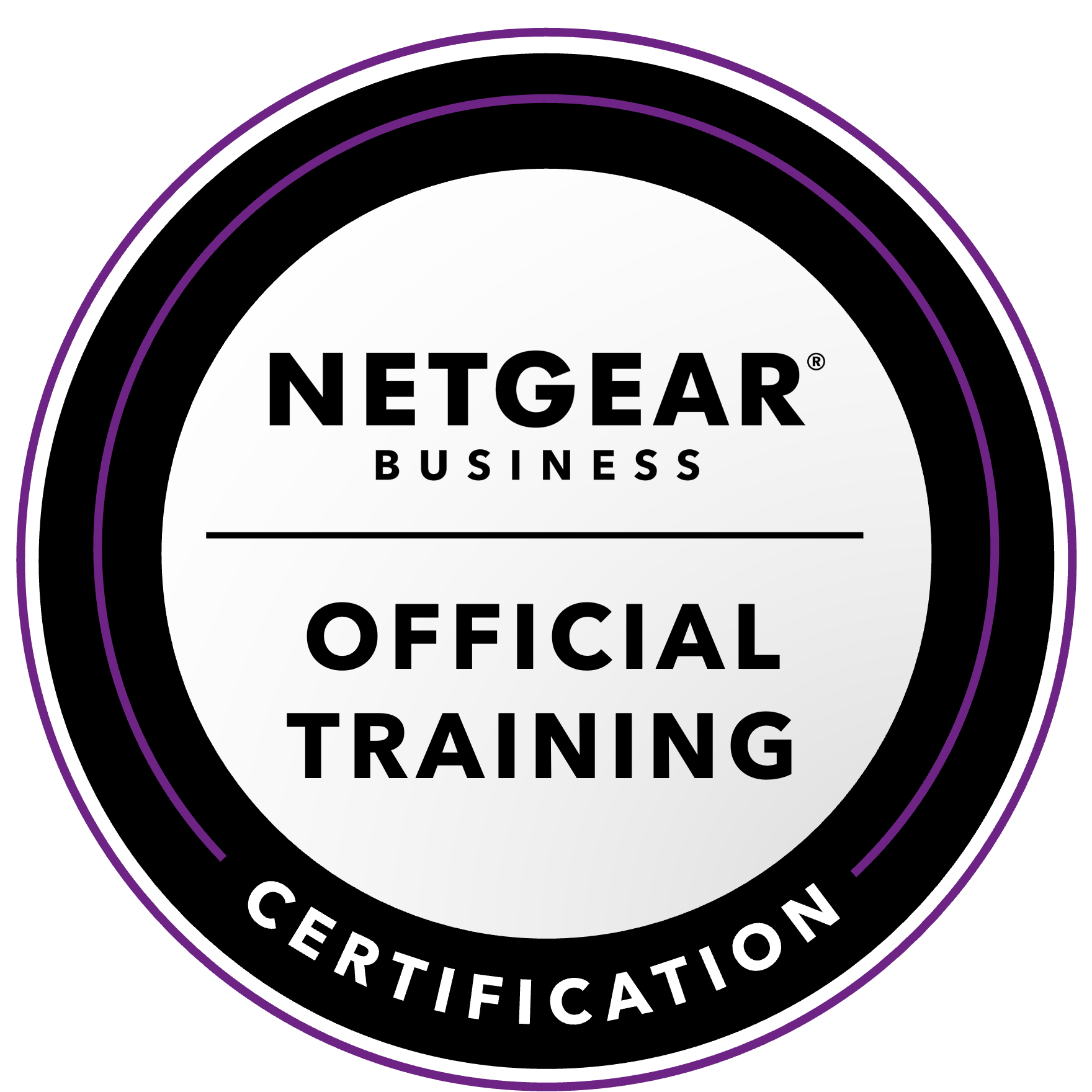NETGEAR is aware of a growing number of phone and online scams. To learn how to stay safe click here.
Forum Discussion
marcelser
May 29, 2018Aspirant
11TB (2TB + 2TB + 3TB + 4TB) results in 7.24TB in RAID0??? where does the space go?
Hi,
I just installed a new 4TB disk into my ReadNAS RN104 which already contained a 2 x 2TB + 3TB. When I check the net disk capacity it's 2 x 1.8, 2.4 and the new disk 3.6, total 9...
- May 30, 2018
marcelser wrote:
I played around more with the ReadyNAS calculator more and it turns out that mixed disks in RAID0 mode is not handled by any ReadyNAS in a useful way.
I believe that with the 6.9.3 you can manually create RAID groups using the extra space on the larger disks, and then concatenate them to the existing volume. Though it's not as automated as it might be, you should still be able to do it.
The guide here might help - https://www.netgear.com/images/support/WP_ReadyNAS%20FlexRAID%20Optimization%20Guide_18May17.pdf
marcelser
May 31, 2018Aspirant
Thanks for that guide. It really works like this. I first created a normal volume out of the 2 x 2TB harddisks. Then I selected the 3TB disk and selected "Add Group" in the volume options. Then I did the same with the 4 TB disk. Resulting in final volume size of 9.9TB as desired. The dropdown in the Volume now shows it consists of 3 RAID groups.
But there are 2 things Netgear should definitly work on because it makes things very hard to get to this point and I would have never managed it without the help.
1.) Why does the volume creation wizard not show that the resulting volume will result in wasted/unused space. I for example would have never found out until I installed the new 4 TB disk, that one TB of my 3TB disk was never used. It just become more obvious that's the only reason why I noticed. There should be a display of the unused space like in the RAID calculator which shows it somehow
2.) Why does the volume creation wizard not create does groups automatically, or at least (if it detects unused space) show a notification that you should use RAID groups or else you will end-up with unused space.
This process is far too painful and not user friendly. And I'm really not a noob in Terms of Software/Hardware as a professional fullstack developer. Instead of creating a PDF that is located somewhere the OS needs tp be improved.
But thanks again to the community for the help on this. I also changed the accepted solution.
StephenB
May 31, 2018Guru - Experienced User
marcelser wrote:
Thanks for that guide. It really works like this. I first created a normal volume out of the 2 x 2TB harddisks. Then I selected the 3TB disk and selected "Add Group" in the volume options. Then I did the same with the 4 TB disk. Resulting in final volume size of 9.9TB as desired. The dropdown in the Volume now shows it consists of 3 RAID groups.
.
That of course works, though there are other ways to organize the RAID groups. I think you could have created a 4x2TB raid group spanning all your drives, then a 2x1TB group spanning the two larger ones, and a 1x1TB group to get the remaining space.
marcelser wrote:
This process is far too painful and not user friendly.
I agree here. I do see value in having a low-level UI like this, since I think there are cases where it is helpful for advanced users (who already understand the features in mdadm). But there is a level that is missing between the fully-automatic X-RAID and the fully manual FLEX-raid. And in your specific case, it should be easier to create a single RAID-0 volume that uses all the disk space.
FWIW, I normally suggest that users avoid creating a single RAID-0 volume, since if any single disk fails all the files are lost. I think most users are better off using JBOD to maximize space - then when a disk fails, only the files on that disk are lost. I mention this for the benefit of future readers of the thread - you clearly do understand the tradeoffs here.
Related Content
- Dec 25, 2018Retired_Member
NETGEAR Academy

Boost your skills with the Netgear Academy - Get trained, certified and stay ahead with the latest Netgear technology!
Join Us!
